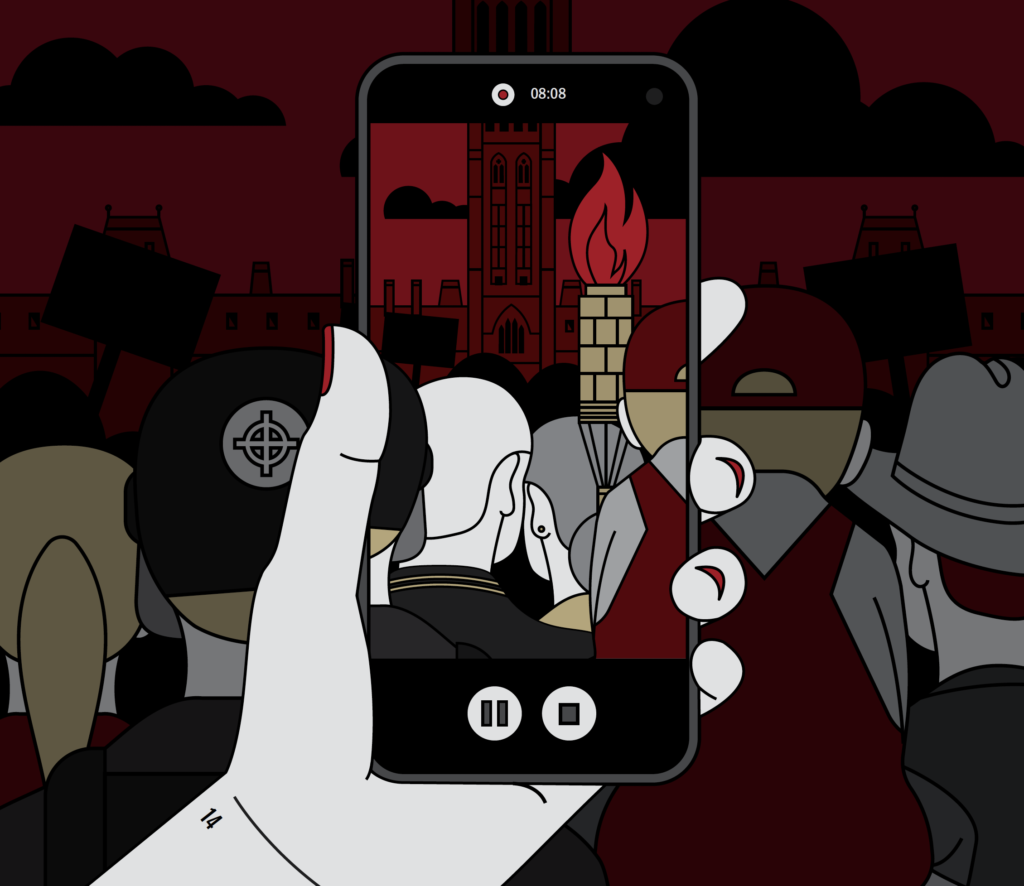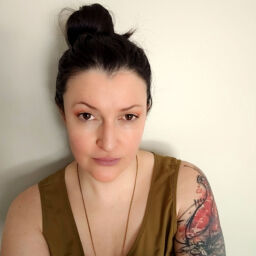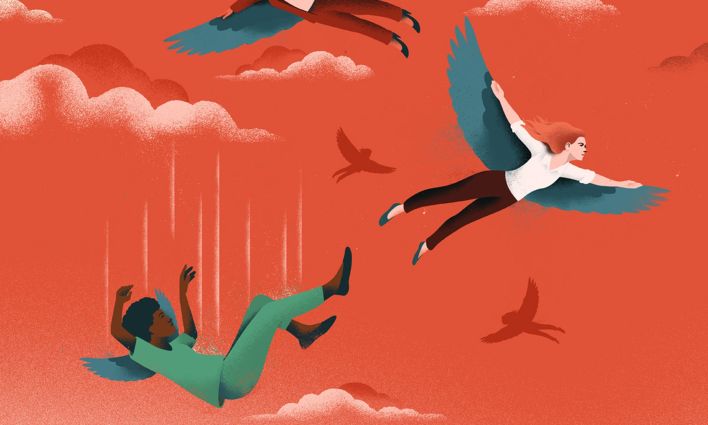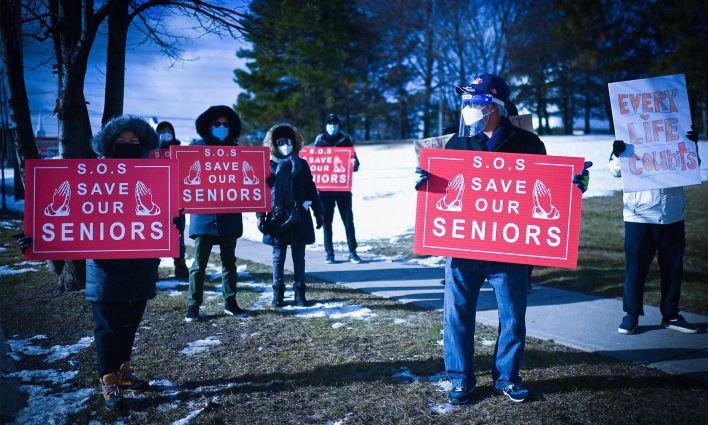In the face of surging COVID-19 cases this spring, Dr. Irfan Dhalla asked: “If someone had told us in March 2020 that two plus years into the pandemic, we’d know so much and be doing so little, would we have believed them?”
The question gave me pause. It made me think back to the earliest days of the pandemic, when people clamoured to show their support for health care workers, when the dominant idea was that we were all in this together. Less than 24 months later, Ottawa would be taken hostage by a group of angry and openly hateful people who had travelled from across the country to be here. It made me think about how we started this pandemic journey with optimism and the belief that our better selves would prevail. But outlasting a virus isn’t a sprint; it is an ultra marathon that requires patience and persistence. The same can be said for uprooting the white supremacy that allowed a 26-day occupation to occur.
If we make the mistake of thinking that the problem of rising right-wing extremism in Canada dissipated with the dismantling of the occupation’s last illegal blockade, we will repeat the ill-advised pattern playing out with our pandemic experience of ignoring the signs until we reach a crisis point. So how do we solve a problem like white supremacy?
In early March 2022, Black TikTok creator Kiki Rae posted a video asking why white people cannot hold each other accountable. Instead, she reflected, it was more common to see white people respond to another white person’s egregious behaviour by saying, “We don’t claim them.” White people, she observed, do not see ourselves as a collective. Rather, we are individuals who can stay separate from other white individuals who have made mistakes. Rae concluded, “That’s mind-blowing to me because as a Black person in America, and for people of colour, we are not afforded that privilege. If one of us messes up, all of us have messed up, and we’re going to have to carry that burden…no matter what we do.”1
If we want to grow through this experience, let’s use it to dismantle the white supremacy in our own practices.
In 1999, Tema Okun and Kenneth Jones delineated the characteristics of white supremacy culture. What they meant by white supremacy culture wasn’t the culture of the Ku Klux Klan and similar overtly violent organizations. Okun and Jones were detailing the ways in which the ruling class use the pseudo-scientific concept of race to “disconnect and divide” racialized people from one another, white people from other white people, and dehumanize entire groups of people by classifying them as inherently “less than.” White supremacy exists in symbiosis with capitalism.2 So what does white supremacy culture look like?
Okun and Jones define culture as “the knowledge, experience, beliefs, values, attitudes, meanings, hierarchies, religion, notions of time, roles, spatial relations, concepts of the universe, and material objects and possessions acquired by a group of people in the course of generations through individual and group striving.”3 White supremacy culture is rooted in the belief “that white people and the ideas, thoughts, beliefs, and actions of white people are superior to people of colour and their ideas, thoughts, beliefs, and actions.”4
Okun and Jones identified several key tenets of white supremacy culture including: either/or thinking, worship of the written word, fear of open conflict, power hoarding, quantity over quality, individualism, a sense of urgency, defensiveness, paternalism, progress as bigger and more, the right to comfort, and perfectionism.5
If we want to grow through this experience, let’s use it to dismantle the white supremacy in our own practices. Let’s stop fearing conflict. Let’s interrogate our own defensiveness. Let’s recognize that when we prioritize our comfort, we allow conflict to fester and problems like the ongoing radicalization of our relatives, neighbours and friends
to continue. Finally, we need to abandon our own radical idea: our individualism that allows us to maintain a cool and detached distance from any white person causing violence by saying that we aren’t associated.
As Tony Nabors explains, "Individualism is an enemy to anti-racism... When we, as Black, Indigenous, and other people of colour are telling our stories, white folks, you must resist the temptation to dissociate yourself from whiteness and the harm that it causes. You are prioritizing your own feelings and reputation, and you are also shedding responsibility for dismantling these harmful systems."6
During the occupation, many white people responded to the scenes in downtown Ottawa by saying, “This is not my Canada.” I understand the impulse, I truly do. But this is our crisis, as white Canadians, to solve. And it is a marathon.
It did not end when the last illegal blockade came down. It did not end when occupation supporter and Ontario MPP Randy Hillier surrendered to police. The reasons that led to this conflict still exist. The tensions remain and will, left unconfronted, continue to grow.
Every convoy participant belongs to us collectively. It’s our job to turn this tide. Because the alternative is throwing up our hands and letting extremism win the day. And if that happens, we won’t pay the price.
It will be left to the the historically marginalized: Black, Indigenous, racialized, queer, disabled and poor people.
As Okun explains, “White supremacy targets and violates BIPOC people and communities with the intent to destroy them directly; white supremacy targets and violates white people with a persistent invitation to collude that will inevitably destroy their humanity.”
Let’s not lose sight of what is possible, even if the road to get there is long.







